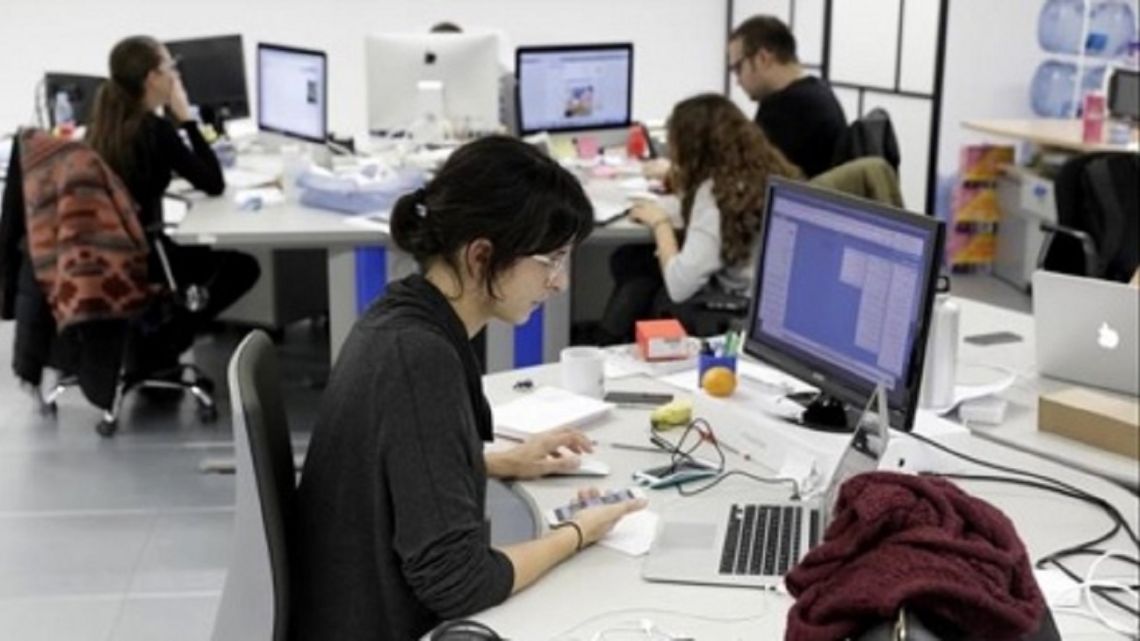“Eight hours for work, eight hours for sleep and eight hours for home,” It was the claim that gave rise, at the end of the 19th century, to each May Day being International Workers’ Day.
Today, both in Argentina and globally, lTechnological advances and economic changes require us to rethink what it means to be a worker.
The CGT prepares the May 1 march and Moyano criticizes Milei
Authoritarians don’t like this
The practice of professional and critical journalism is a fundamental pillar of democracy. That is why it bothers those who believe they are the owners of the truth.
Although many of the old workers’ demands persist, others were added: automationlos changes in the global economic structure and the Technology in general not only presents challenges, but also unprecedented opportunities for workers.
Argentina, after more than a decade with stagnant private employment, has just entered a period of significant economic adjustment, with a strong promise of deregulation and economic opening. These changes seek to encourage greater competition and lower prices, but they will also cause a profound restructuring in previously protected sectors and, especially, in the labor market.
Las skills that the market demands of workers have changed a lot in these years of partial disconnection from our markets.
The Creativity, adaptability and technical knowledge are more valued than ever.
Why is May 1 a holiday and how are those who have to work it compensated?
However, the average worker, whether with seniority in the public or private sector, You are used to your repetitive tasks and bureaucracy, becoming ‘robots’ of poor quality: slower and with more errors than the new robots, macros and algorithms that appear daily.
And to this is added that the numbers, for many companies, will be increasingly difficult for them to close.
Let’s consider the case of a shoe factory that supplied the domestic market. Faced with competition from cheaper imported products (previously manufactured with cheap labor, now with cheap robots), this company must decide whether to invest in advanced technology to improve its efficiency, diversify into products with greater added value, or simply try to survive. until circumstances are unsustainable. Each option will not only involve training workers in new technologies and production methods, but will result in a reduction in staff. Yes, the staff who performed repetitive tasks decades ago.
Because these tasks, faced with the pressure of technology, tend to be increasingly paid less. It is not for nothing that real salaries in Argentina are so low.
A phenomenon that could partially mitigate this situation is the “virtual brain drain”, where the most outstanding talents now have the possibility of working for foreign companies from their own country, thanks to remote work. This poses an additional challenge for local businesses, which need to improve their working conditions and pay to retain their most valuable employees.
The impact of technology on employment is therefore dual: on the one hand, automation can reduce the number of jobs in certain areas; On the other hand, it creates new opportunities in fields such as software development, digital marketing and technological systems management. This requires a proactive attitude from workers to continuously train and adapt to new demands.
It is true that it should be the State that trains its citizens better, but we all know that in the short term… there is no money.
It could also be the unions, but they have quite a few challenges defending their small fiefdoms.
And we could require companies to train more. But we have already seen that, with greater competitive pressure and demands for higher salaries, investments in training will be minimal.
It is we, each one, who will have to, in the short term, update ourselves. Take the bull by the horns, understand what will be demanded, and become more valuable people.
There will be greater competition for top talent, but also an increase in unemployment. With the State withdrawing as a generator of employment, the opportunity and imperative need to celebrate a more auspicious Workers’ Day in 2025 lies in encourage job creation not only in existing companieswho need to reduce their payrolls, but through the emergence of new companies that offer goods and services efficiently, destined for the domestic market or for export.
The Government convened the Salary Council to define a new increase: when will it be
So, Worker’s Day becomes not only an occasion to remember the rights obtained, but also to reflect on contemporary challenges.
Workers must see their role not only as employees, but as active agents in adapting to a constantly evolving labor market.
In the long term we will have “Six hours for work, two for learning, eight hours for sleep and eight hours for home.””But in the short term it will be much more difficult.
This day invites us to think about our development, what we can do for ourselves, for our environment and for the country, preparing ourselves for the changes that come with a flexible attitude and open to learning.
Only in this way can we ensure that the benefits of technological and economic transformations are distributed.
Happy Empowered Worker’s Day.
* Economist, former CEO, speaker, author
